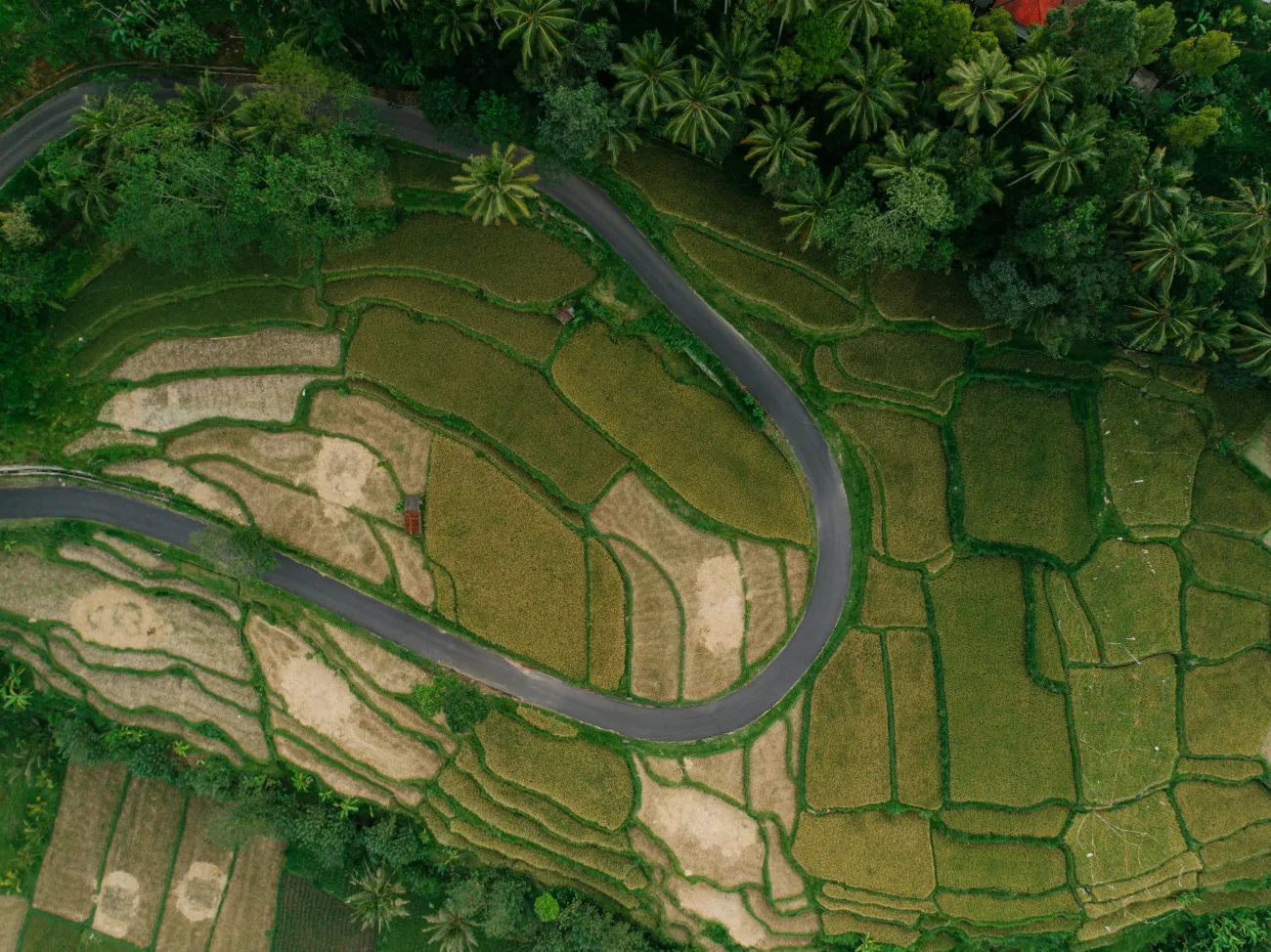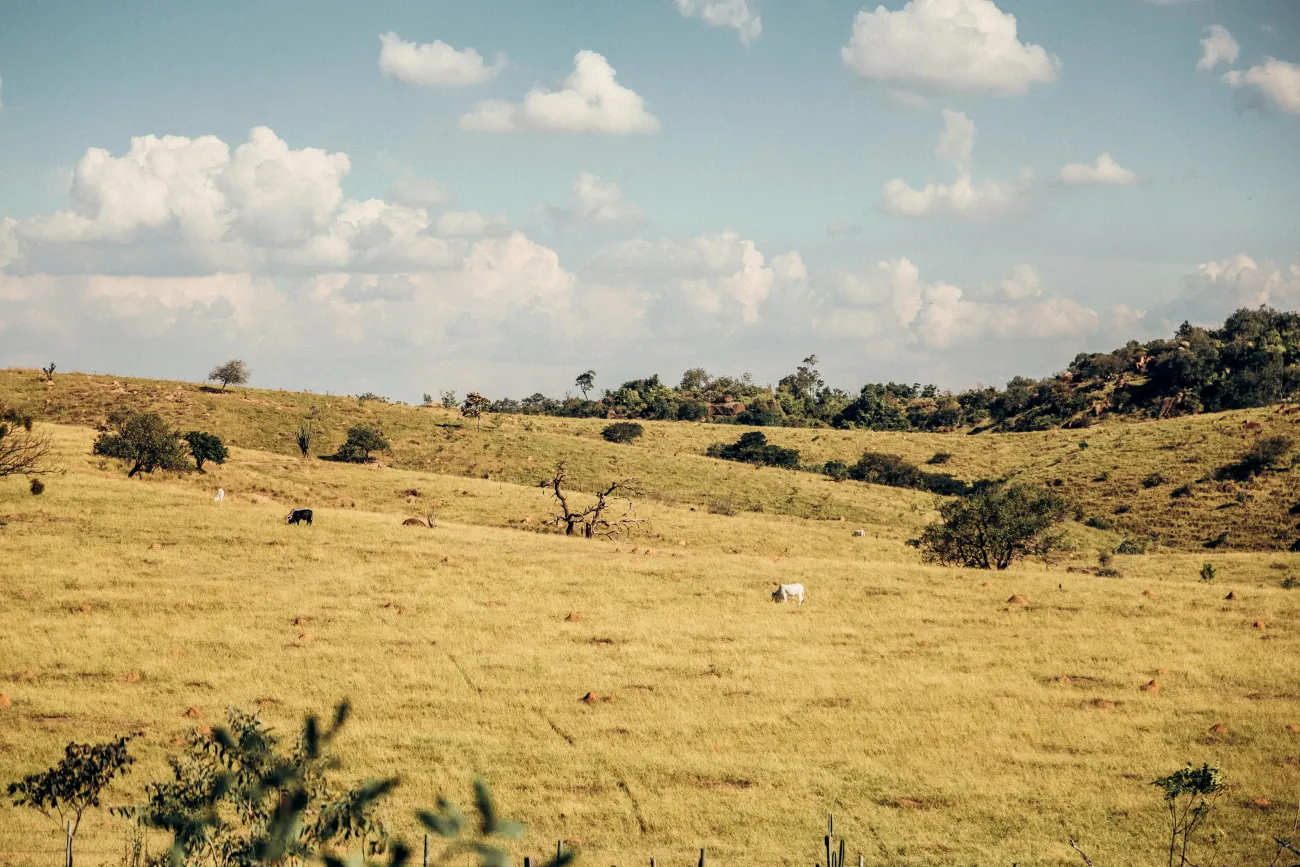This paper examines the factors that link ecosystem services and the risk of zoonotic disease transmission. It also discusses policy responses to the COVID-19 pandemic.

The drivers and pressures identified by the paper include:
- Growth in human population and resource use has resulted in the majority of land and ocean areas being significantly altered, with ecosystems “in precipitous decline globally, threatening the viability of the natural world and the diversity of ecosystem services essential for continuing human security and opportunity”.
- Growth in affluence increases material consumption and puts pressure on ecosystems.
- Proliferation of medium-sized towns and cities means that less of the Earth’s surface is far away from human settlements, reducing barriers to contact between humans and animals.
- Habitat change, such as expansion of agricultural land, brings wildlife and people into closer proximity, with particularly high disease risk in cases where people come closer to formerly isolated animals.
- Road construction between urban and rural areas opens pathways for more rapid disease transmission.
- Overuse of antibiotics in intensive livestock production increases the resistance of pathogenic bacteria to antibiotics over time.
- Lack of access to safe water - which can be exacerbated by ecosystem damage - can frustrate sanitation measures that could otherwise help prevent the spread of disease.
Abstract
There is rising international concern about the zoonotic origins of many global pandemics. Increasing human-animal interactions are perceived as driving factors in pathogen transfer, emphasising the close relationships between human, animal and environmental health. Contemporary livelihood and market patterns tend to degrade ecosystems and their services, driving a cycle of degradation in increasingly tightly linked socio-ecological systems. This contributes to reductions in the natural regulating capacities of ecosystem services to limit disease transfer from animals to humans. It also undermines natural resource availability, compromising measures such as washing and sanitation that may be key to managing subsequent human-to-human disease transmission. Human activities driving this degrading cycle tend to convert beneficial ecosystem services into disservices, exacerbating risks related to zoonotic diseases. Conversely, measures to protect or restore ecosystems constitute investment in foundational capital, enhancing their capacities to provide for greater human security and opportunity. We use the DPSIR (Drivers-Pressures-State change-Impact-Response) framework to explore three aspects of zoonotic diseases: (1) the significance of disease regulation ecosystem services and their degradation in the emergence of Covid-19 and other zoonotic diseases; and of the protection of natural resources as mitigating contributions to both (2) regulating human-to-human disease transfer; and (3) treatment of disease outbreaks. From this analysis, we identify a set of appropriate response options, recognising the foundational roles of ecosystems and the services they provide in risk management. Zoonotic disease risks are ultimately interlinked with biodiversity crises and water insecurity. The need to respond to the Covid-19 pandemic ongoing at the time of writing creates an opportunity for systemic policy change, placing scientific knowledge of the value and services of ecosystems at the heart of societal concerns as a key foundation for a more secure future. Rapid political responses and unprecedented economic stimuli reacting to the pandemic demonstrate that systemic change is achievable at scale and pace, and is also therefore transferrable to other existential, global-scale threats including climate change and the ‘biodiversity crisis’. This also highlights the need for concerted global action, and is also consistent with the duties, and ultimately the self-interests, of developed, donor nations.
Reference
Everard, M., Johnston, P., Santillo, D. and Staddon, C., 2020. The role of ecosystems in mitigation and management of Covid-19 and other zoonoses. Environmental Science & Policy, 111, pp.7-17.
Read the full paper here. See also the Foodsource chapter What is the connection between infectious diseases in humans and livestock? Read other COVID-19 content in the FCRN’s research library here.




Comments (0)